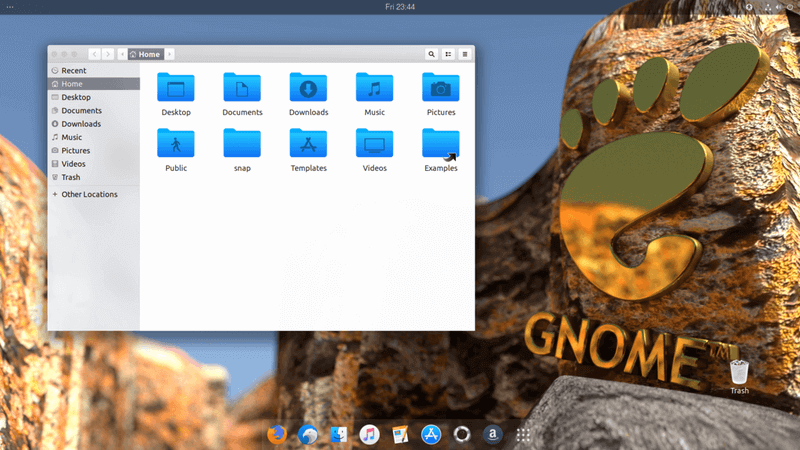
.jpg)
If you have a non-64-bit processor made by AMD, or if you need full support for 32-bit code, use the Intel x86 images instead. It should be plainly visible that there is an EFI partition at the beginning of the disk, followed by the HFS+ (OS X) partition, and lastly, the new partition you created. After the OS has shutdown, go back to the Parallels menubar and choose Virtual Machine > Configure. Choose this to take full advantage of computers based on the AMD64 or EM64T architecture (e.g., Athlon64, Opteron, EM64T Xeon, Core 2). Once you get to the desktop, start gParted: System > Administration > Partition Editor. Do so by going to the Parallels menubar and choosing Virtual Machine > Shutdown.ħ. You’d want to set this to at least 2GB, but 4GB is better to get a really fast machine.Ħ.
#Ubuntu download for mac install
When the install finishes, the first thing to do before trying it out is to set the amount of RAM available to the Ubuntu install.

Your virtual machine will restart a couple of times and you will get asked to choose a couple of options (like setting a language, region and password), but it’s all fairly self-explanatory.

From here on in, Parallels will pretty much take care of everything else for you. Browse to your downloads folder and choose the. From the resulting dialogue box, click the drop down menu and select Choose an image file…. From the Parallels Desktop menubar, choose File > New.Ĥ. After the download has finished, start up Parallels. Click the big red/orange ‘Download’ box, and make a cup of tea while the.


 0 kommentar(er)
0 kommentar(er)
